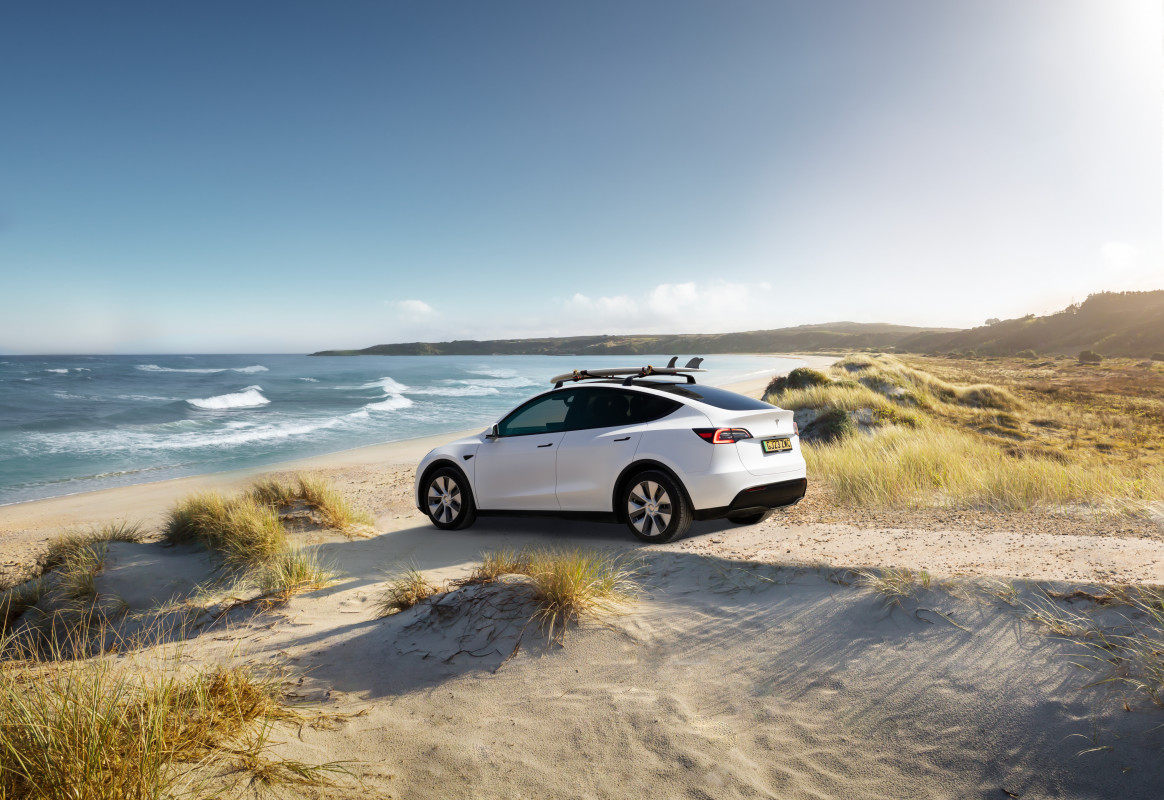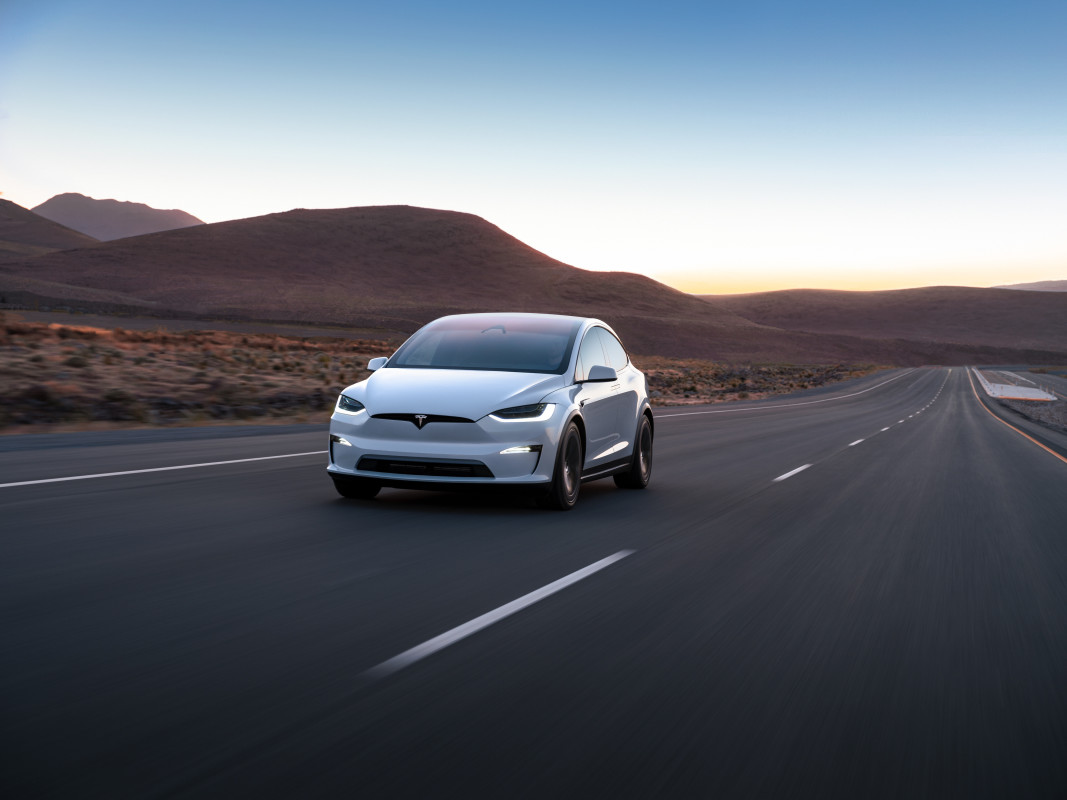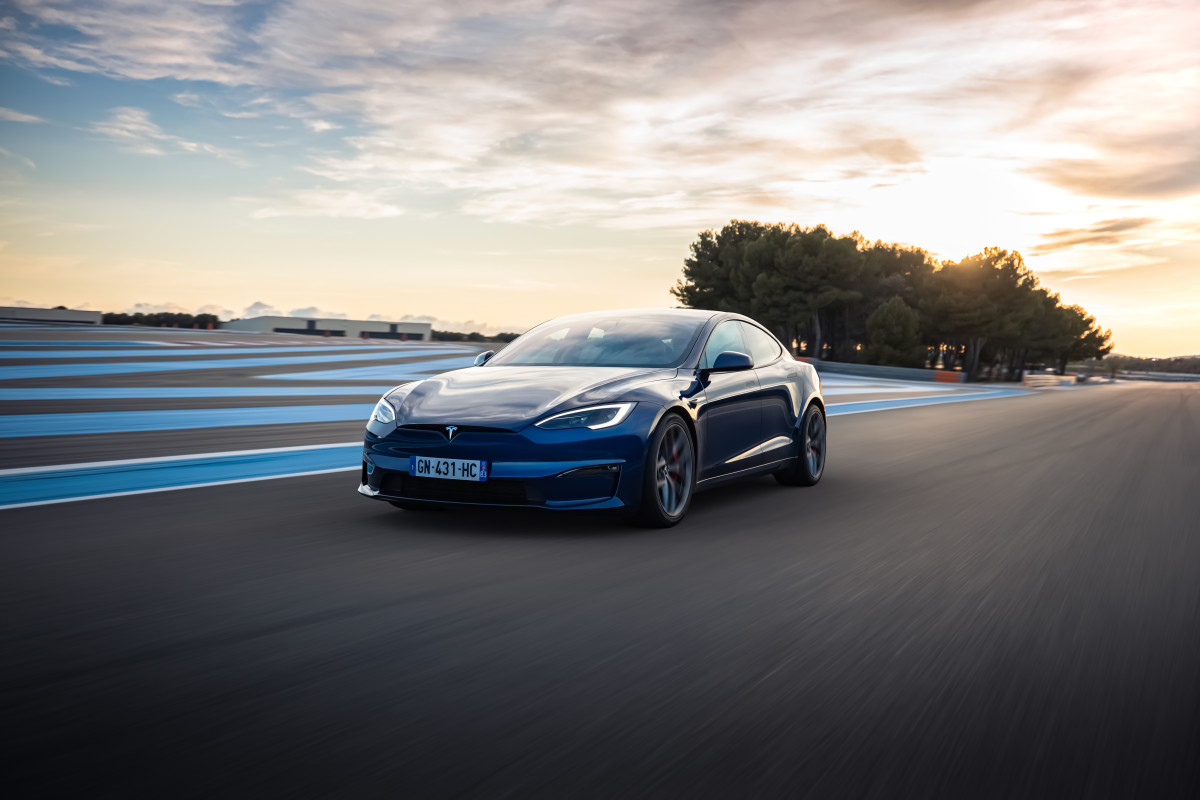Tesla continues an annual tradition of end-of-year savings
Once again, the best time to buy a new Tesla is confirmed to be waiting until the end of the year. This final quarterly sales period has barely started and already the deals are rolling in. At time of writing, the price reductions are already substantial.
Although the exact dollar amount of the discounts depend heavily on the specific trim and packages selected, Tesla’s purchase page has most variations of the Model Y at between $3,000-$4,000 in additional discounts.
Not all of the Model 3 options are discounted, but some are, by nearly $4,000.
If you had your eye on the Model S, you can expect between $5,000-$8,000 easily.
Lastly, the Model X is wildly inconsistent, with the Federal tax credit model still full price, most others discounted by a few thousand, but one buying option, still new, down by over $7,000 off full price.

Cybertruck notably not included in Tesla’s seasonal savings
As you may have noticed, the Cybertruck is not one of the models listed as receiving year-end discounts. Considering that we’ve already reported on the production bottlenecks for the Cybertruck, as well as the ever-growing waitlist, this is not surprising.
However, it is worth mentioning that the Cybertruck is the exception, not the rule, for Tesla’s production-to-demand metrics.
Related: Tesla’s EV boom overshadowed by alarming production bottlenecks
There are still an estimated 10,000 unsold cars in Tesla lots
Earlier this year, Tesla made headlines for a feat that they probably weren’t too happy to accomplish: multiple outlets reported that Tesla’s overstock problems had grown to the point the unsold cars could be seen from space.
While the overstock has dropped from over 46,000 to an estimated 10,000 remaining units thanks to rising sales, especially in China, there is still pressure to move what remains for the company to finish strong – hence the considerable year-end discounts.

Tesla’s unique sales model is especially suited to year-end savings
Unlike most carmakers, Tesla does not maintain their own dealerships or outsource/franchise them to a third party. Instead, it relies on direct-to-consumer sales.
This saves considerable overhead and simplifies the process, but it also means that Tesla sits on inventory instead of passing that cost along to franchise dealers.
Related: Fatal crashes expose the dangers of Tesla’s Autopilot
Unsold inventory, storage fees, and cashflow all affect Tesla’s calculus to sell
Even with economies of scale, storing so many cars has direct costs, including but not limited to property maintenance of the lots, property taxes, security, lighting, and paying drivers to move the vehicles in and out of storage.
Of course, the vehicles do depreciate in value a bit as well while they sit. While these costs are not unique to Tesla, its direct-to-consumer sales model compounds these issues because they cannot be offset by pawning them off on dealers.

In addition to these costs, each unsold vehicle ties up money which could be reinvested into the company to make new vehicles. Cashflow is especially important in high-capital manufacturing enterprises, and considering the roll out of Tesla’s new robotaxi, their bottlenecks with the cybertruck, and dwindling sales of older, un-updated Tesla models in the US and Europe, that money could be useful in so many ways.
All in all Tesla, more so than most manufacturers, is highly motivated to sell their vehicles, even at lower profit margins than might be desired.
Final thoughts: Is Tesla in trouble, or can their situation be salvaged?
While it is easy to point at any difficulty and extrapolate the worst possible outcome, Tesla’s rocky year has not been without its bright moments.
From the abysmal overstock issues earlier this year, Tesla managed to bounce back on global annual sales in the third quarter.
While it’s aging and under-updated fleet of vehicles will likely continue to sell fewer models each year, Cybertruck continues to see demand outstripping production by leaps and bounds.

One must assume Tesla is aware of both the update and styling needs of their existing fleet, and the upscaling of production needed in the Cybertruck, and presumably have plans to address both issues.
The new Robotaxi may have received a lukewarm reception so far, but if implemented well might become a considerable revenue stream in its own right.
Taken in total, Tesla may not be the break-neck-growth startup it was ten or twenty years ago, but as it matures there is reason to hope it will continue to perform well in the long term, if not necessarily this next first quarter 2025.
Related: Top 14 EVs you can lease for under $300/month this October

